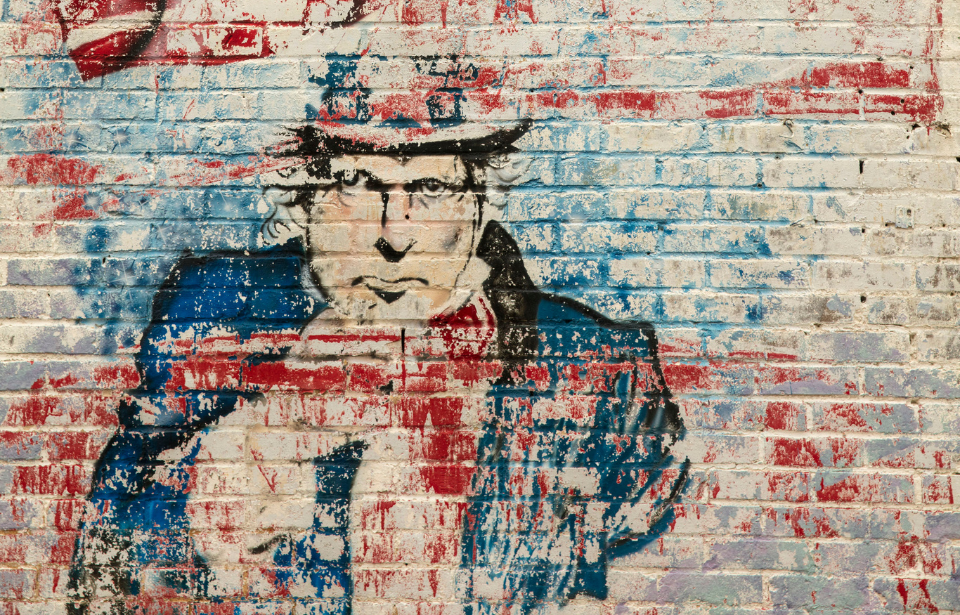The History Behind America’s Iconic WWI ‘Uncle Sam, I Want You’ Recruitment Poster
Published: 22 March 2024
By June Steele
via the War History Online website

uncle-sam-i-want-you-featured-image-47901
Photo Credit: Barry Lewis / InPictures / Getty Images
The iconic phrase, “Uncle Sam, I Want You,” has become a part of American culture, symbolizing a call to duty and patriotism. This iconic image, featuring Uncle Sam pointing directly at the viewer, was first used during the First World War and has since been turned into a rallying cry for military recruitment.
Beyond its recruitment poster beginnings, the symbol has permeated several aspects of American life and has evolved over time to represent more than just a call to arms. It’s appeared in countless political cartoons, advertisements and parodies, adapting to the changing times while maintaining its core message of American identity and patriotism.
History of the personification of the United States

Uncle Sam recruitment poster, 1917. (Photo Credit: Heritage Art / Heritage Images / Getty Images)
Before the iconic “Uncle Sam, I Want You” poster became a symbol of American patriotism, the figure himself went through a fascinating evolution. Initially, the character wasn’t associated with any specific imagery or iconography. The origins of Uncle Sam can be traced back to the War of 1812, where he emerged as a personification of the US government.
Prior to this, other symbols – Columbia, Lady Liberty and Brother Jonathan – had been used to represent the United States.
Samuel Wilson, a meat packer who supplied barrels of beef to the US Army, is often credited as the inspiration behind the name. The barrels were marked with “U.S.” for United States, but soldiers began joking that the initials stood for “Uncle Sam” Wilson. The local newspaper picked up on the story, and the nickname soon spread.
Over time, Uncle Sam’s image started to take on a more defined form, largely due to the efforts of political cartoonists. One of the most influential of these was Thomas Nast, who played a significant role in creating the visual representation of Uncle Sam. Nast’s 19th-century illustrations depicted the character in a variety of contexts, gradually shaping him into a recognizable national symbol. He was portrayed as a stern but benevolent figure, dressed in the stars and stripes of the American flag.
This laid the groundwork for James Montgomery Flagg’s famous World War I-era recruiting poster. His rendition of Uncle Sam, pointing directly at the viewer with a determined expression and the caption, “I Want YOU for U.S. Army,” has since become one of the most enduring images of American propaganda.
Read the entire article on the War History Online website here:
External Web Site Notice: This page contains information directly presented from an external source. The terms and conditions of this page may not be the same as those of this website. Click here to read the full disclaimer notice for external web sites. Thank you.



